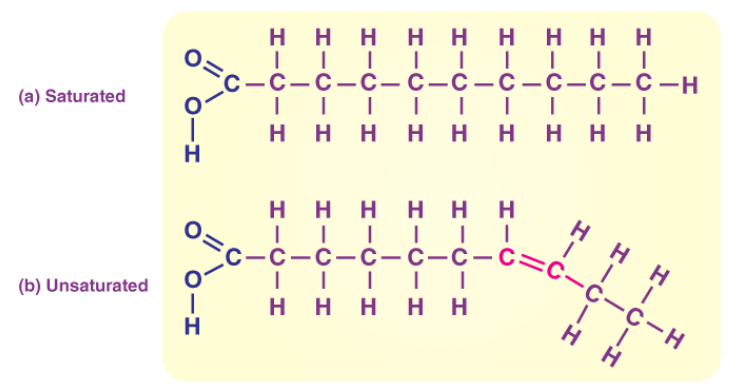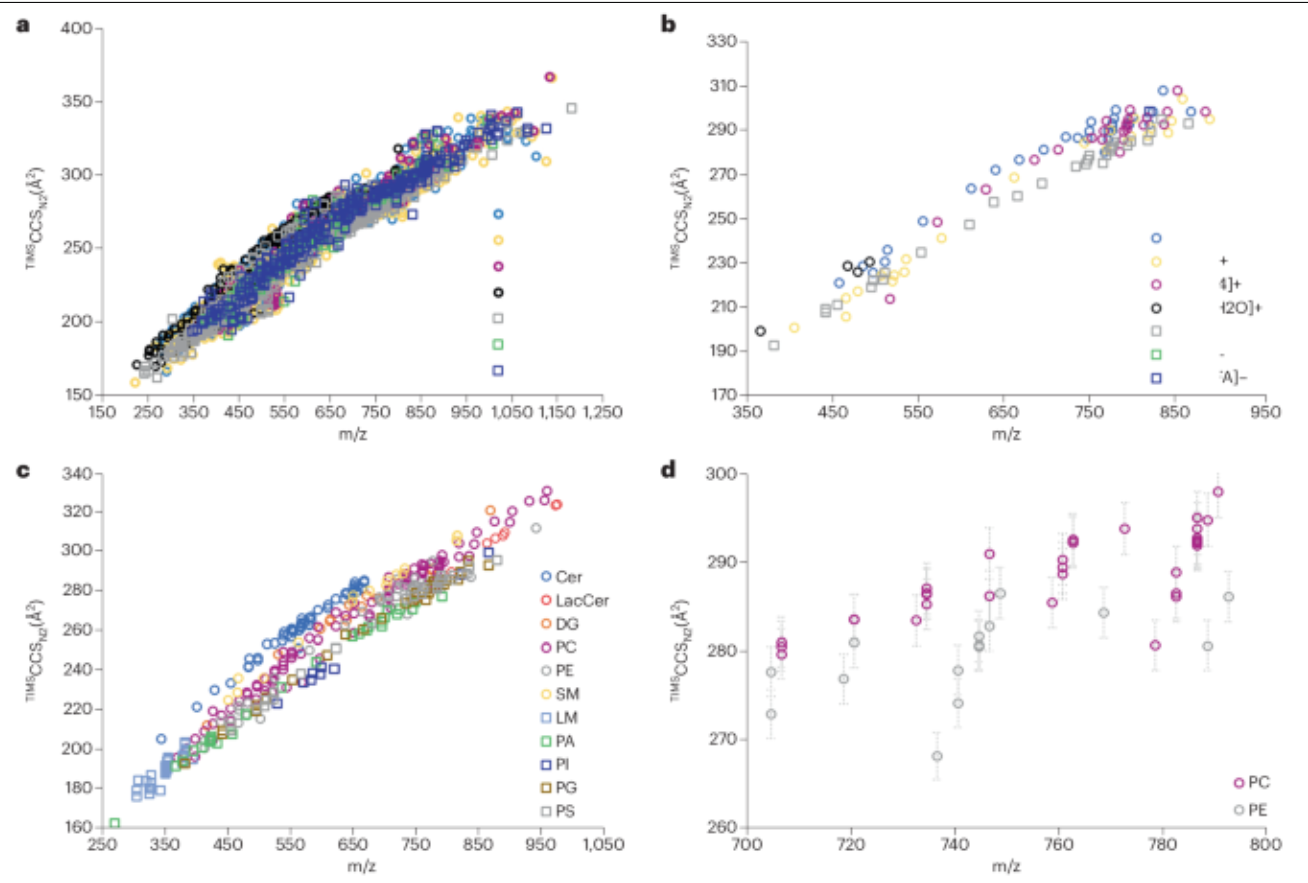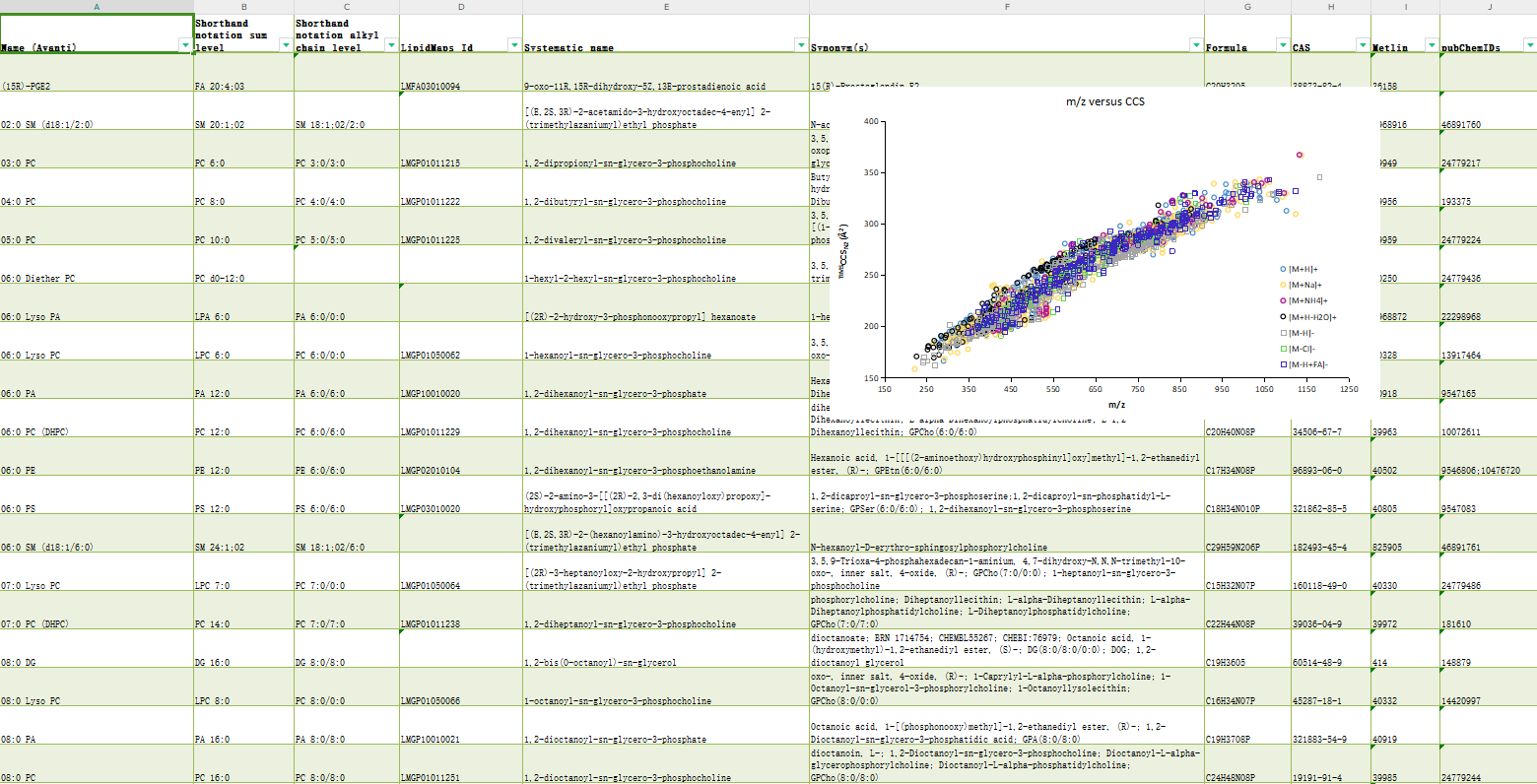Technical Support技术支持
CONTACT US
 400 179 0116
400 179 0116
24-hour service hotline marketing@ldraft.comE-mail
marketing@ldraft.comE-mail
Summary of true criteria for lipid classification and identification
source:QiDa technoligy views:2028 time:2024-06-04
Summary of true criteria for lipid classification and identification
Lipid research is a broad and in-depth field, involving medicine, biology, chemistry and other disciplines, and a large number of research papers are published every year.
Let me explain lipids here
Lipids are molecules containing hydrocarbons that form an integral part of the structure and function of living cells. Examples of lipids include fats, oils, waxes, certain vitamins (such as A, D, E, and K), hormones, and cell membranes that are mostly not made of proteins. Lipids are insoluble in water because they are non-polar, but are therefore soluble in non-polar solvents such as chloroform.
Lipids look like this:

It could also be this:

And here's how it actually works:

Lipid classification and identification research has an extremely important position, mainly reflected in the following aspects:
First of all, lipids are important components of living organisms, with many functions, such as forming cell membranes, participating in energy storage and conversion, maintaining cell stability, and regulating enzyme reactions. The diversity of lipid structure endows it with a variety of biological functions. Therefore, the systematic classification of lipid molecules is helpful to further the systematic function research of various lipid molecules. By classifying lipids, researchers can gain a deeper understanding of lipid synthesis pathways, metabolic processes and their roles in living organisms.
Secondly, lipid classification and identification are of great significance for the exploration of disease mechanism and diagnosis. Abnormal lipid metabolism is closely related to many diseases, such as arteriosclerosis, diabetes, obesity, Alzheimer's disease and tumor. By classifying and identifying lipid molecules, researchers can study changes in lipid metabolic pathways, thereby revealing the mechanism of disease occurrence and development. In addition, lipid analysis technology can also be applied to metabolite labeling and disease diagnosis, through high-throughput, high-sensitivity, high-precision identification and analysis of lipid components in samples, to provide strong support for the diagnosis and treatment of diseases.
Finally, lipid classification and identification also have great application potential in drug development. The potential of lipids as drug carriers or drug targets has been widely recognized. Through the classification and identification of lipid molecules, researchers can screen out lipids with specific biological activity, and then develop new drugs or optimize the therapeutic effect of existing drugs. At the same time, lipid analysis technology can also play an important role in drug toxicology research, and provide strong support for the efficiency and safety of drug development.
The METLIN-CCS Lipid Database provides a true standard resource for lipid classification and identification, and here they present the METLIN-CCS lipid Database, which includes collision cross section (CCS) values and IMS data for 750 unique lipid standards, many of which are not currently publicly available. Their database provides the CCS values obtained by measuring each standard (in triplicate) in both positive and negative ionization modes, producing seven different ion types (e.g., [M + H] +, M + Na +, - H] - [M], [M + NH4 +, - H2O [M + H] + [M + Cl] - and [M + HCOO] -). The 2413 measured lipid CCS values in the METLIN-CCS Lipid Database extend the current IMS lipid database information by adding experimental CCS values for new lipid standards 1, 2, 3, 4, and enable the evaluation of different ion types and adcombination properties. Unlike other lipid databases generated from lipid extracts, the METLIN-CCS lipid database offers a unique resource created solely on the basis of criteria, enabling more reliable identification of lipids both inside and outside the tissue, as well as new data for research learning purposes.

METLIN was introduced in 2005 to provide experimental data to help decipher the structure of small molecules. METLIN currently has over 930,000 molecular standard experimental MS/MS and neutral loss data; However, orthogonal analysis of data, such as CCS values, is increasingly important for confidence recognition. Lipids are structurally and functionally diverse and are an important part of cell membrane, cell function and signal transduction processes. Fortunately, CCS values do provide a unique alternative to MS, allowing for the separation, characterization, and/or identification of heterogeneous lipid substances.
After reading the literature, we found that the literature itself was no longer important.
But, but
The attachment to this article is really important
We have downloaded a summary of the most important lipid classification and identification tables

Summary form screenshot
The egg at the end of the article is here
Chat box send lipid to get lipid identification and table summary oh







